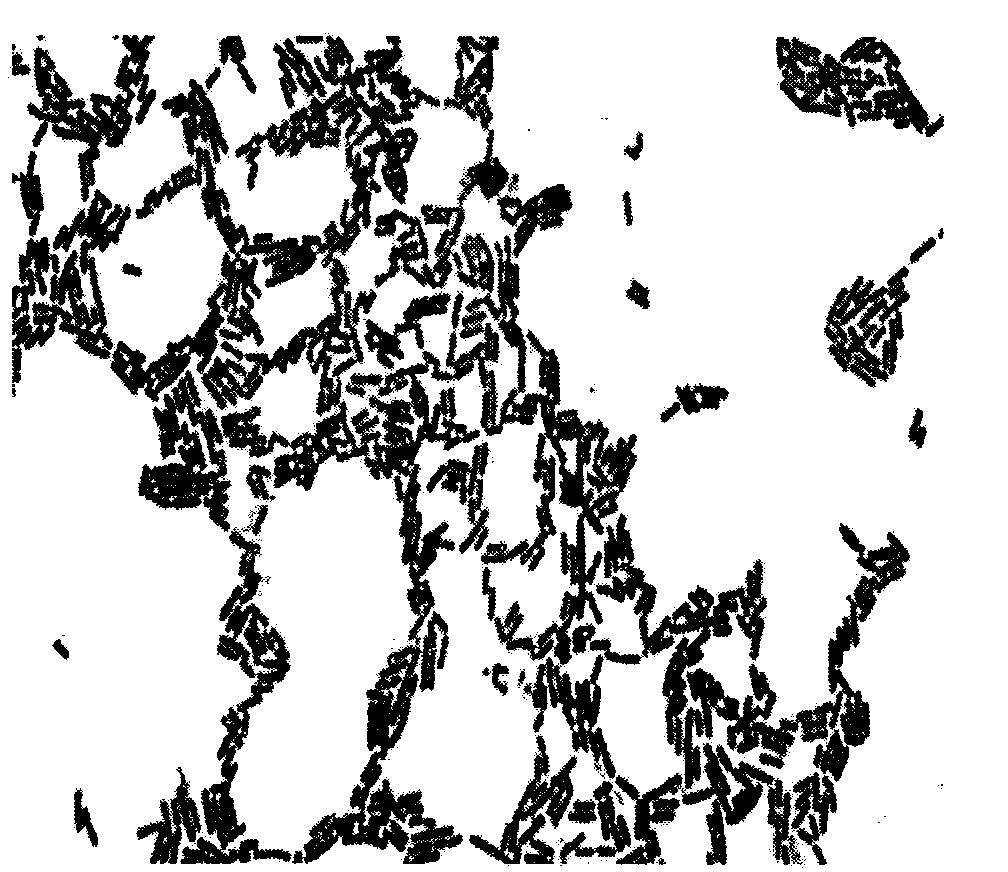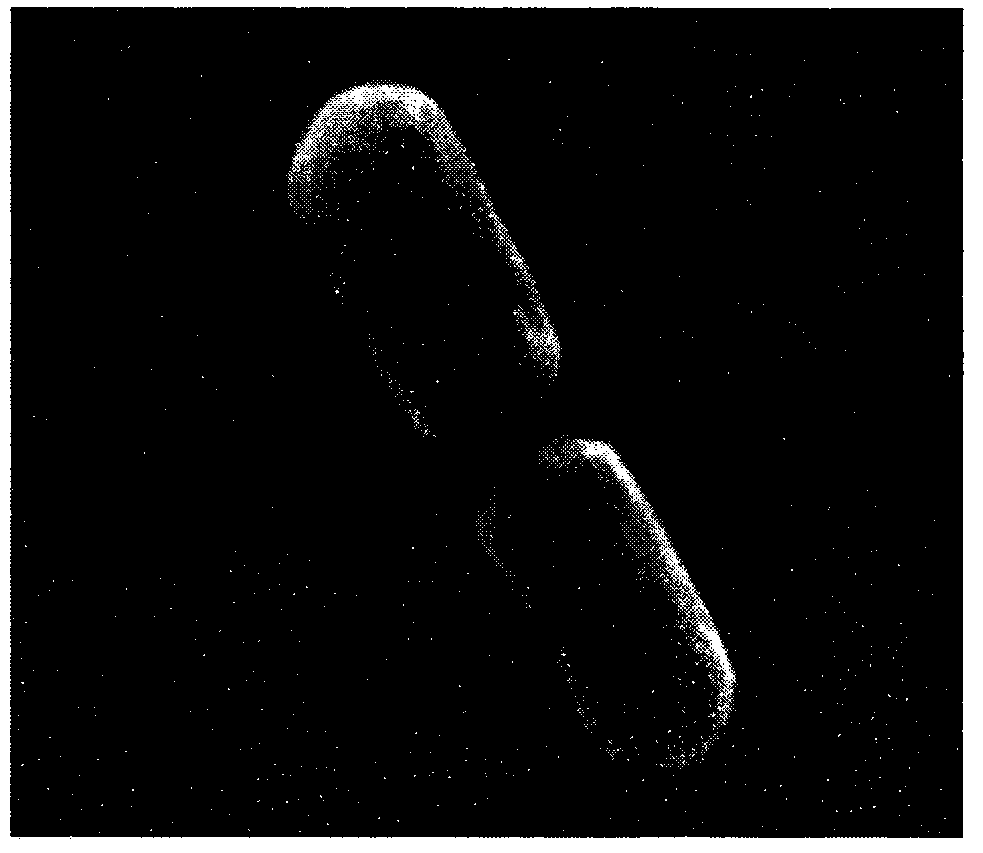Tolumonas osonensis bacterial strain with electrogenesis characteristic, and applications thereof in microbial fuel cells
A fuel cell and microorganism technology, applied in the biological field, can solve the problem of no relevant reports on the characteristics of electricity production, and achieve the effect of high electricity production and activity
- Summary
- Abstract
- Description
- Claims
- Application Information
AI Technical Summary
Problems solved by technology
Method used
Image
Examples
Embodiment 1
[0017] Embodiment 1: Separation and purification of microorganisms on MFCs anode biofilm
[0018] Take the sludge from the sludge concentration room of Tianjin Taida Sewage Treatment Plant, and after simple elutriation and sedimentation treatment, remove the inorganic sediment at the bottom and the clear water on the surface, and take the sludge with a moisture content of about 95% in the middle as the inoculum , and sludge nutrient solution (sludge 10mL, mineral solution 625μL, vitamin solution 250μL, 100mM PBS buffer solution 5mL, glucose 0.05g, add distilled water to 50mL.) into the single-chamber MFCs reactor. The main body of the reactor is a plexiglass cylinder with a length of 2.0cm and a cross-sectional diameter of 3.0cm. The effective volume is 14mL, and the effective area of the cathode and anode is 7cm. 2 . The anode and cathode are respectively placed on the two sides of the MFCs main body, and sealed and fixed with rubber rings. One end of the anode is covered...
Embodiment 2
[0019] Example 2: Analysis of the electricity production performance of pure microorganisms on the MFCs anode biofilm
[0020] Pick each isolate that embodiment 1 obtains, inoculate into iron citrate respectively as electron donor (final concentration is 5.000g / L), glucose is as substrate (final concentration is 1.000g / L) in the PBBM liquid medium , 22°C, under aerobic conditions, static culture for 48h. The culture solution of each isolate was centrifuged at 6000r / min for 20min at 4°C to collect the bacterial cells.
[0021] The thalli of the same quality of different isolates were inoculated in anolyte 1 (PBBM liquid medium was added ferric citrate as electron donor (final concentration is 5.000g / L), glucose was used as substrate (final concentration was 1.000g / L) respectively. / L), pH=7.2, conductivity is 7.8mS / cm.), the inoculum solution obtained is injected in the MFCs reactor, and the reactor is connected with the external resistance 1000Ω and the data acquisition devic...
Embodiment 3
[0025] Example 3: 16S rDNA sequencing analysis of bacterial strain P2-A-1
[0026] The bacterial genomic DNA extraction kit was used to extract the genomic DNA of strain P2-A-1 as a template, and the universal primer (27F, 1492R) of bacterial 16Sr DNA was used as a primer to amplify the 16S rDNA fragment of strain P2-A-1. The 16S rDNA gene of the strain has the nucleotide sequence shown in the sequence table, and the sequence length is 1425bp. The obtained 16S rDNA gene sequence was input into GenBank, and all the sequences in the database were compared and analyzed by the Blast program. It was found that the The 16S rDNA gene sequence of the invention P2-A-1 strain and the strain Tolumonas osonensisOCF7 of the genus Tolumonas (Tolumonas) T It has a high similarity (the accession number on Genbank is GU370947), and the homology reaches 99%.
PUM
| Property | Measurement | Unit |
|---|---|---|
| Conductivity | aaaaa | aaaaa |
Abstract
Description
Claims
Application Information
 Login to View More
Login to View More - R&D
- Intellectual Property
- Life Sciences
- Materials
- Tech Scout
- Unparalleled Data Quality
- Higher Quality Content
- 60% Fewer Hallucinations
Browse by: Latest US Patents, China's latest patents, Technical Efficacy Thesaurus, Application Domain, Technology Topic, Popular Technical Reports.
© 2025 PatSnap. All rights reserved.Legal|Privacy policy|Modern Slavery Act Transparency Statement|Sitemap|About US| Contact US: help@patsnap.com



